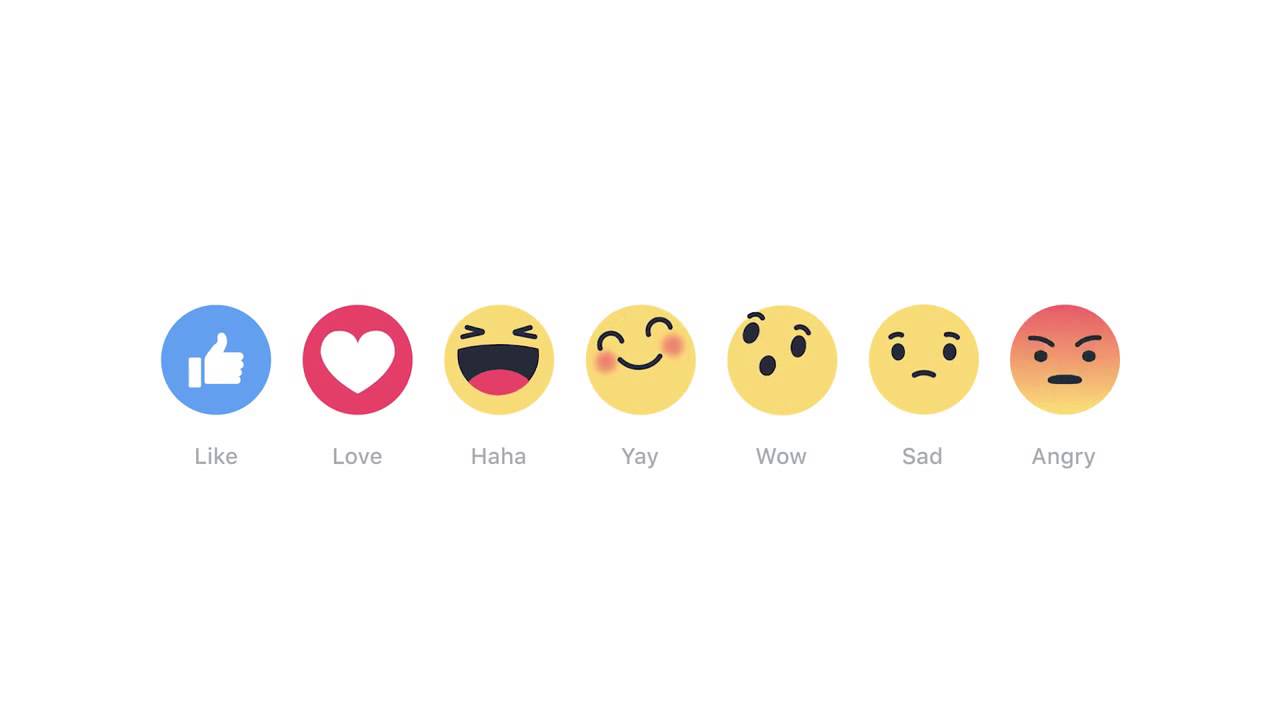 Facebook’s new Reactions emoji may enable organizations to better understand audience reactions to a post or article.
Facebook’s new Reactions emoji may enable organizations to better understand audience reactions to a post or article.
In addition to liking something, Facebook users can now select from a range of options that describe their feelings, including love, ha-ha, yay, wow, sad and angry. As with likes, readers will be able to see how many people have reacted to a particular post or photo.
By aggregating the number of clicks on the emoji, marketing and PR professionals may be able to better judge the impact of their work and better understand consumers’ feelings. A significant number of angry reactions could warn brands of an impending PR crisis and signal the need to act quickly before it spirals out of control. However, some measurement experts recommend against becoming too excited about the measurement potential and validity of the emoji counts.
Currently, organizations primarily track changes in the numbers of likes as a component of engagement at the Page level. The number of likes help organizations understand which types of posts drive more engagement. An increase in likes usually also indicates the organization is gaining more followers.
The additional reactions with the new emoji may improve the ability of companies to measure engagement on Facebook, says Doug Chapin, CEO of CyberAlert, a leading media monitoring and measurement service that was anointed the best new measurement technology of 2015 by Katie Paine, the measurement queen, of Paine Publishing. The new emoji provide opportunities to do additional analysis. For instance, will an increase in the number of angry emoji drive consumers away from a page or signal increased engagement with the page?
“Certainly the expansion of emojis expands the requirements for more objective analysis of Facebook communications expenses than just counting the number of likes as a measure of success,” Chapin says.
LiveWorld CEO Peter Friedman told the Social Times the expanded reaction options provide a major advancement that will help marketers engage with consumers and humanize their brands. While brands may have a more robust ability to measure sentiment, they should be cautious about relying on only the raw data, he added.
Too Early to Understand Well?
Even with the new reactions, sentiments expressed in comments may still be a better way to understand customers’ reactions. Emojis lack nuance and can be taken out of context without words, Jeff Piazza, co-founder and user experience director of Behavior Design, told Social Times. In fact, the sentiment of the “wow” reaction is already causing debate within social media measurement circles because it’s not definitively negative or positive.
As Facebook users increase their use of the additional reactions, brands and their measurement services will have a better understanding of how to digest and interpret the information. For many Facebook posts, measurement of the emoji reactions is likely to be a bell-shaped curve that reveals no distinct audience sentiment.
“It’s way too early to tell right now how consumers will use it,” Socialbakers’ communications manager Ryan Hatoum told PR News. “That context will be necessary to understanding how to read the data.”
How to Measure Reactions
PR measurement guru Katie Paine, CEO of Paine Publishing, says the six Facebook Reactions each align with one of the “26 types of conversations” her firm defined in 2008. Angry = #10 Expressing Criticism. Sad = #24 Showing Dismay. Wow = #12 Expressing surprise. Haha = #16 Making a joke. Love = #11 Expressing support. Like = #9 Expressing agreement.
To measure the new Facebook Reactions or emojis in general, start with these classifications, Paine advises. Then follow the six basic steps of social media measurement, described her blog post. One of the most important steps is to select key performance indicators that are meaningful, actionable and relevant.
Questions Their Helpfulness
Kevin Shively, head of content marketing at Simply Measured, urged marketers to be cautious about employing the new reactions for measurement. Marketers should focus on metrics with more definite connection to ROI than smiley or unhappy faces. Although the reactions can help brands engage with consumers, they won’t help measure ROI or reveal ground-breaking insights.
“It’s something new to measure, and definitely more diverse than a tally of Likes, but I’d like you to strongly consider how you’ll actually use the insight you get from spending time and energy analyzing the types of reactions used,” Shively writes.
Bottom Line: Facebook’s new Reactions feature provides a possible new way for brands to engage with consumers and measure PR and marketing efforts. However, experts urge marketing and PR to be wary about putting too much emphasis on emoji counts, at least until the measurement community establishes the validity and meaning of the metrics.
William J. Comcowich founded and served as CEO of CyberAlert LLC, the predecessor of Glean.info. He is currently serving as Interim CEO and member of the Board of Directors. Glean.info provides customized media monitoring, media measurement and analytics solutions across all types of traditional and social media.





Trackbacks/Pingbacks